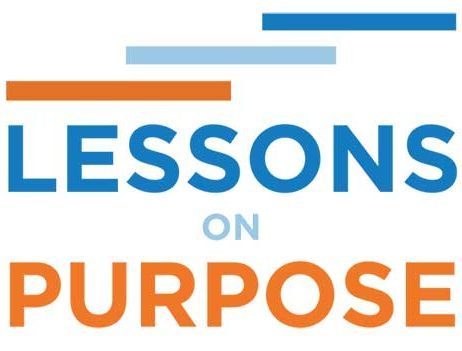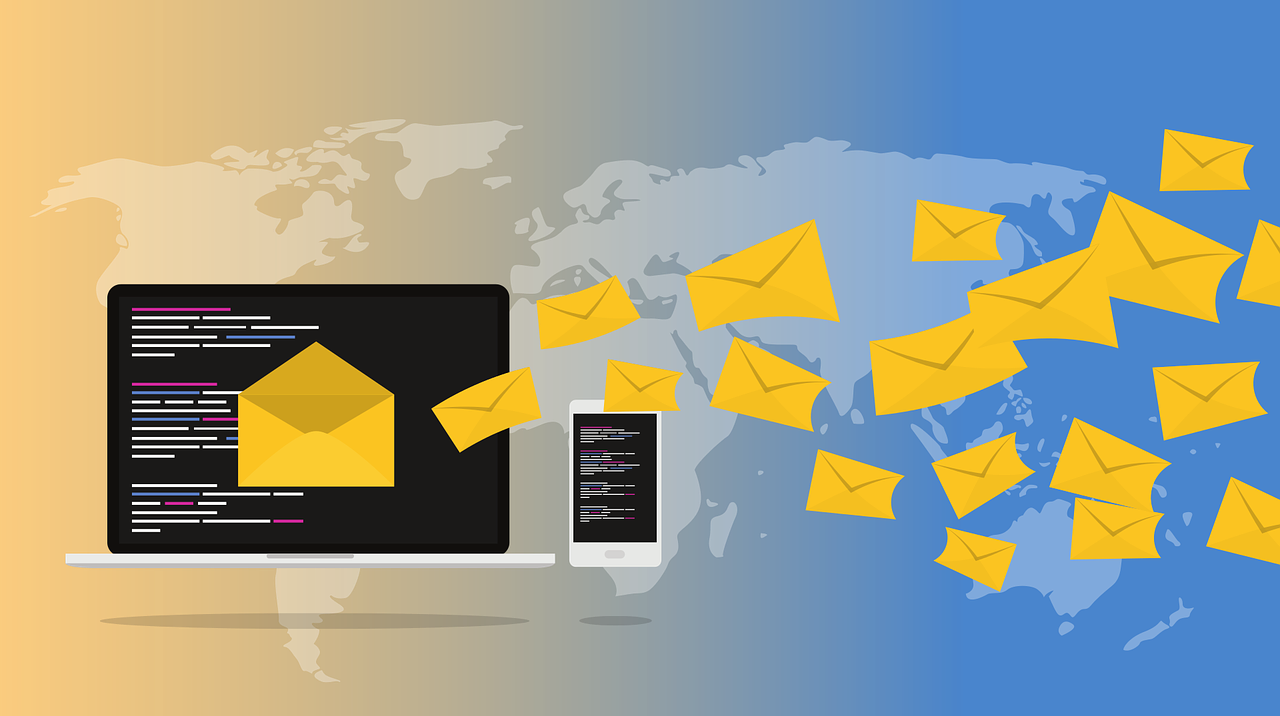Punchlist vs eMail – start your day with setting priorities, not reading email
Many of us begin our day at our workspace or mobile device by checking email. Makes sense for a number of reasons – often you are awaiting feedback on previous communication, engaging on a project or getting direction from a superior. The task is rewarding as well, you start your day by taking action – deleting junk emails, responding to requests for your counsel or approval, catching up – and it feels good as you feel productive. I don’t know about you, but I love the feeling of trimming the email inbox, and have often set a target of getting them down to one page on the home email screen.
Dangers: However good it feels, there are dangers with email driving the first minutes or hour of your day:
- Rabbit trails: what begins as a desire to pick off a few easy emails, often leads to diving into a matter and chasing it. One email becomes a chain or emails, setting off a new body of work or discussion. Before you know it you are solving new issues, setting up new meetings and working on a matter that is certainly urgent but perhaps not important.
- Prioritization: checking emails allows other to set your priorities versus you setting them. Whomever sent you an email at 2am, is now creating the first thing you see when you start your day, and before you know it, their urgent request is driving how you engage in your work day, and prioritize.
Solution: to avoid the dangers of your inbox driving your prioritization is to start your day by sitting in a quiet place and creating a list of what you will accomplish today. Use a small piece of paper, or electronic version (Evernote works well), and you decide what will get your attention and time today. Several best practices:
- split to-do lists into those involving communicating with others: calls, emails, setting meetings or other correspondence and those requiring your time working, thinking, writing, developing, leading etc.
- create your priority list at the end of the prior work day, when your brain is engaged, allowing for a quick review and refresh as you start a new day
- keep your list visible throughout your day – and check items off as you go
- consider reviewing Stephen Covey’s urgent/important 2×2 matrix – a great tool that helps segment tasks into those urgent and important (needing attention now), and prioritizing those important yet not urgent, ver those urgent yet not important
This practice of being intentional about what you will accomplish in a given day will improve productivity and performance, allowing you to proactively drive your day vs being driven by reacting to emails other have sent you.

